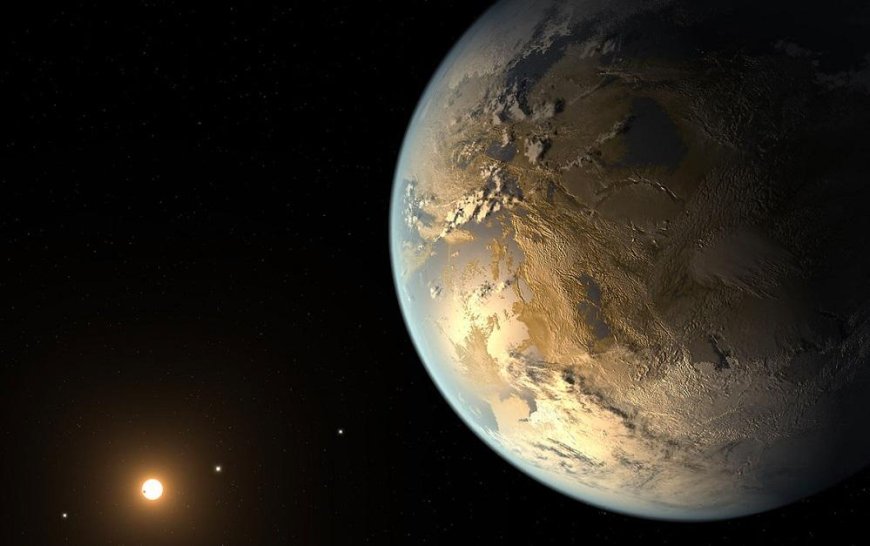These are the planets we could live on
life exists on any of the may have the conditions for it. Here is a list of some of the most interesting potentially viable planets.

It is true that we have no evidence that life exists on any of the known exoplanets, but they may have the conditions for it. Here is a list of some of the most interesting potentially viable planets.
Proxima Centauri b
Proxima Centauri b is the closest terrestrial extrasolar planet known to us (it lies approximately 4.2 light years from Earth). It was discovered in 2013 at the European Southern Observatory and its name derives from the star Proxima Centauri (the letter b stands for the first discovered planet orbiting it). The lower limit of this planet's actual mass is about 1.3 times that of Earth, indicating that the planet is most likely rocky. A year on Proxima is 11 Earth days. Its relatively close proximity to the star (7.5 million kilometers) suggests that the planet's water may be in liquid form, and that Proxima itself is always facing the same side towards the star. Just like the Earth.
TRAPPIST-1 e
TRAPPIST-1 is a dwarf planet located 39 light-years from Earth. A system of as many as seven planets has been discovered around it, which are believed to be rocky, and some of them have more water than our globe. The first planets discovered in 2015 were marked with letters from b to d, planets discovered in 2017 were marked with letters from e to h. In terms of size, density and amount of radiation, TRAPPIST-1 e is the most similar to Earth. All planets were found using the telescope of the same name - TRAPPIST.
COROT-7 b
COROT-7 b is an extrasolar planet more than 490 light years away from us. It was discovered in 2009 in the constellation of the Unicorn using the transit observation method. It orbits the star COROT-7 and is called a super-earth. This means that it belongs to the rocky planets and its mass is greater than that of the Earth. The orbital period of COROT-7 b is the shortest period of any extrasolar planets known to us and is only 20 hours.
TOI 700 d
TOI 700 d is an exoplanet similar in size to Earth. It is about 101 light-years away and orbits the star TOI 700 in the constellation Dorado. Orbiting its star at a distance of 0.163 AU, it receives about 86% of the energy that the Earth receives from the Sun. It is a rocky planet, discovered in 2020 by the TESS satellite. Its orbital period is 267 days. The atmosphere on TOI 700 d may be like on Mars in its geological youth.
Kepler-186f
Kepler-186f is a slightly larger planet 500 light-years away in the constellation Cygnus. It orbits the red dwarf Kepler-186 and is the farthest planet in the system. Kepler-186f orbits inside this star's habitable zone, allowing for the existence of liquid water. In 2014, when it was discovered by transit observation, it was the most Earth-like planet orbiting in the Kepler-186 habitable zone. Compared to our solar system, it is closer to its sun than our Mercury.
Kepler-442b
Kepler-442b is a super-earth orbiting in the habitable zone of Kepler-442 about 1,206 light-years from Earth in the constellation Lyra. Its orbital period is 112 days, and its mass is at least 2.3 times that of our planet. It is one of the more promising candidates for potential colonization, as its host star is 40% lighter than its Sun - thus it can live for around 30 billion years.
Kepler-62f
Kepler-62f also belongs to the extrasolar planets called super-Earths. The planet is 1,200 light-years away in the constellation Lute. Just like the two previously mentioned planets, it was discovered with the Kepler Space Telescope. It is only 1.4 times the size of the Earth and orbits a slightly darker and smaller star than our Sun. Kepler-62f has an orbital period of 267 days. There is a high probability that, with the right atmosphere, a planet can have an abundance of water.
